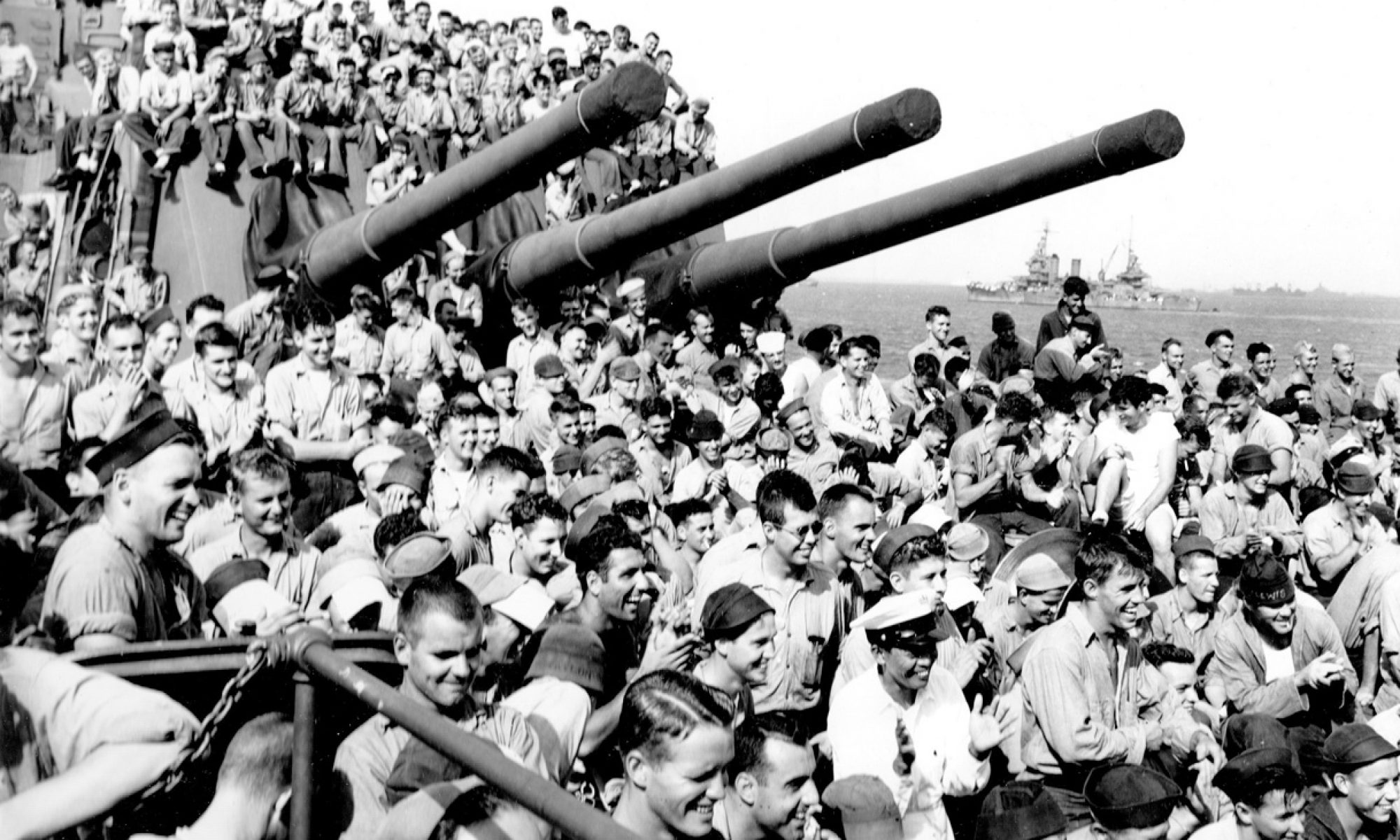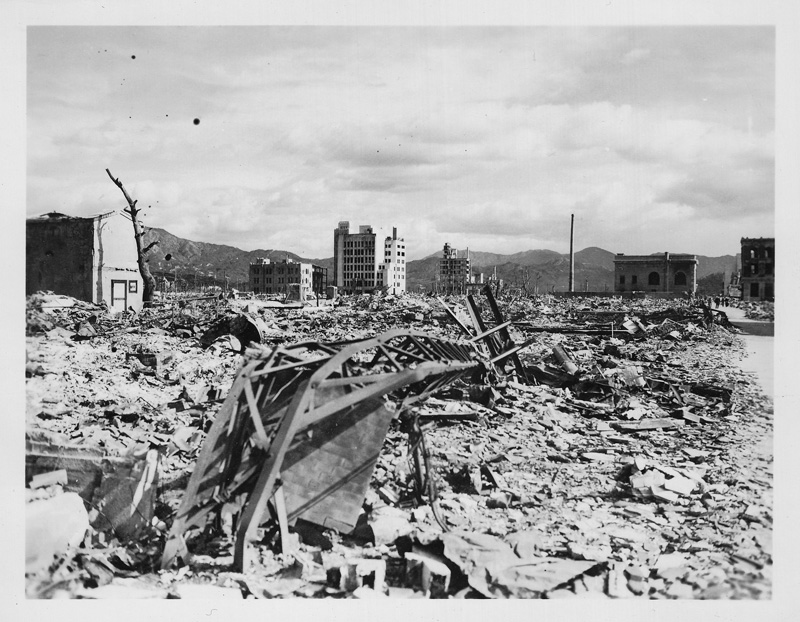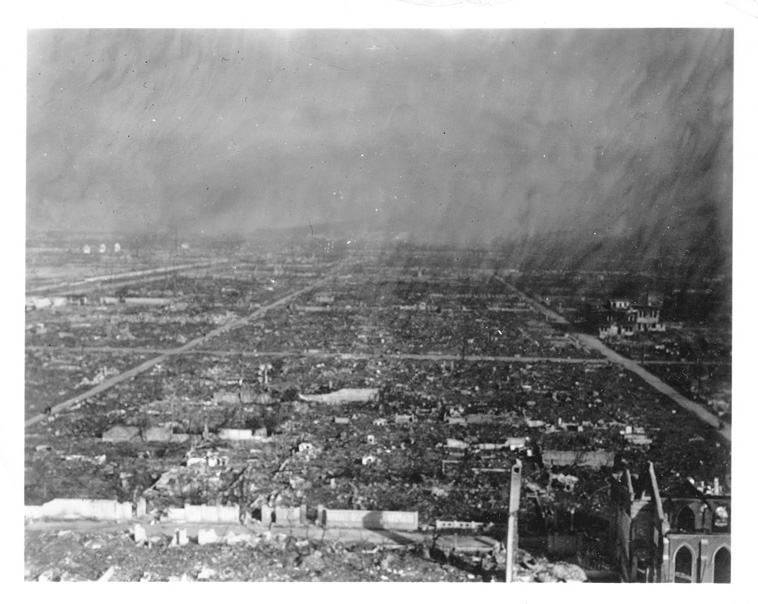9-23-12
Julian enlisted in Hartford, CT and went to boot camp at Sampson, NY. He was assigned to CA-69 and like hundreds of others, he reported to the Naval Receiving Station at the Fargo Building in Boston, waiting for his ship to be finished. He is a plankowner – reporting for duty on Commissioning Day (6/30/43). Julian was a 8″ gun fire controller; working in the aft (rear) control center above the rear turret. In June of 1945, before the war had finally ended, Julian was transferred to the cruiser USS Birmingham, where he finished his tour of duty.
Bill and I took a “road trip” yesterday, driving the 5+ hours down to LA to meet and visit with Julian. We completely enjoyed our visit, and Julian graciously shared stories and memories of his time on the Boston. His stories will make a great addition to Volume 2 of Baked Beans, currently “under construction.”
Julian went on to have a career in accounting in civilian life, settling down in Southern California. He is active and well and lives near his family – a proud father and grandfather.
steve





